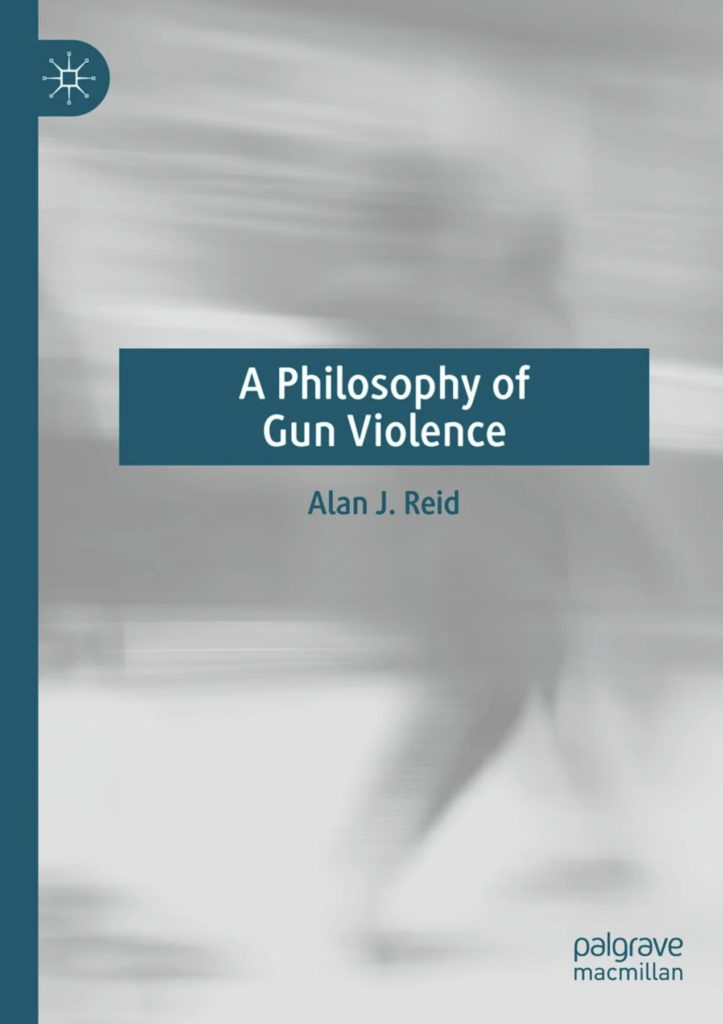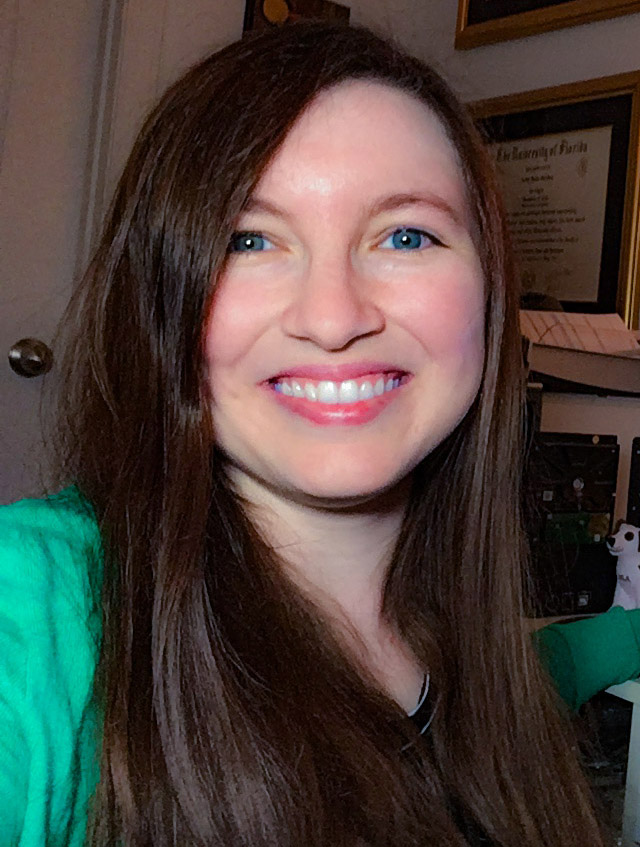Alan Reid, associate professor of English, is knowledgeable about technology and has a concern about guns and gun culture in the United States. These blended impulses led to the creation of his latest scholarly work, A Philosophy of Gun Violence.
In many ways a follow-up to his 2018 book The Smartphone Paradox: Our Ruinous Dependence in the Device Age, Reid applies the same philosophy of technology to guns.

“Our technological artifacts, like smart phones or guns, are non-neutral,” said Reid. “They are positively charged for a deliberate, specific use. Smart phones are intended for you to pick it up and scroll, and they are designed to hold your attention in those ways. Similarly, guns are designed for you to pick it up, hold it, and pull the trigger.”
In addition to his research background in the philosophy of technology, Reid’s interest in this topic generated from his concern as a citizen and a parent about increasing desensitization of gun violence, including nationwide increases in gun sales as a solution to that violence.
“It hit me after Sandy Hook in 2012 that we’ve really crossed a line in terms of normalization,” said Reid. “That, and the call for more firearms — more access to guns. It led me on a path of thinking, ‘This is not the approach we should take, and here’s why.’”
Reid incorporates concepts from a wide range of contemporary tech philosophers in presenting his case, including Bruno Latour’s Actor Network Theory (ANT) and the work of Peter-Paul Verbeek and Langdon Winner.
“Our technological artifacts, like smart phones or guns, are non-neutral. They are positively charged for a deliberate, specific use.”
Alan Reid
“The basic concept is that technologies invoke actions,” said Reid. “I’m not saying that guns make people kill people. But, they can change your perception of reality; they can distort your views of things. Especially when one is carrying a gun, open or concealed, it changes circumstances, and I think that’s really dangerous. I reference Latour, who said, ‘You are different with a gun in your hand, and the gun is different with you holding it.’”
Reid also offers a background on technology and how he defines it, incorporating concepts from the field of semiotics that categorize items as a thing, an object, and an artifact. A “thing” is an item with no prescribed meaning or definitive use. An “object” takes on meaning for the user because it has an identified particular use or purpose. An item becomes an “artifact” when individuals in society generally agree upon a single purpose for that item.
“What makes a gun an artifact is that we all collectively understand that it’s meant to be aimed and fired…. I’m interested in it as an artifact in that it drives you toward its use. It does have an agenda. It wants to be used, and it wants to be used in a specific way; that way is to fire a projectile. It does want you to use it in that way and in no other way.”
Reid consulted with numerous gun manufacturers and high-profile gun rights advocates in researching his book to learn their perspective and offer his philosophy.
“I wanted to understand their view and encourage them to understand mine, that a gun changes one’s perception when it’s in their hand,” said Reid.
In the end, a gun works as a technology just as a cell phone does, said Reid, and that technology has an effect on its user.
“People might say, ‘Oh, it’s just a smart phone; it’s an instrument.’ But so much research shows it’s not just an instrument. It persuades you to do things you might not otherwise have done. The difference is that using a gun is quite a bit more lethal than checking your smart phone.”

